How is it that the Mongolian influence is still prevalent in China? Well, the Mongols were once a fierce force to be reckoned with– for their ruthless conquering, keen eye for war strategy, and relentless passion for battle. The old perceptions of the Mongols (up to the 1980s) portrayed them as barbaric. They were robbers and murderers who, during their campaigns, showed no regard for anything. Famous cities, esteemed monuments, and human life had no value in the eyes of a Mongol.
The conquest of China began when Genghis Khan’s soldiers attacked the Jin Empire in northern China in 1211. This was when the Mongol invasion of China officially when into action. Back then, the Mongols split China into the Song Empire in the south and the Jin Empire in the north. It is only fair to say that the Mongols profited heavily from its disarray.
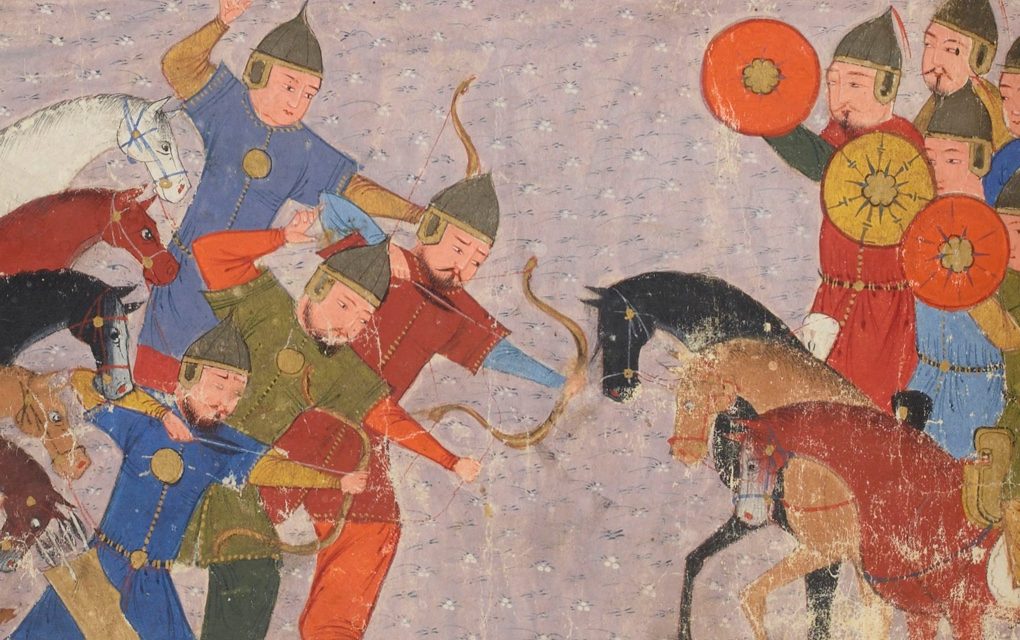
However, in today’s age, Inner Mongolia is a part of China. The people of both China and Mongolia have such ruthless history. In the end, each of them influenced the other. Such is their effect on each other.
In this article, we will be discussing how the Mongolian influence is still prevalent in China.
Brief History of The Mongols in China
The Mongols were cunning. They had countless successes in the 13th and 14th centuries. These major factors were their adoption of their enemies’ strategies and technology. This allowed them to overthrow established military powers in China, Persia, and Eastern Europe.
The Mongols were originally nomadic nomads on the Asian steppe. They developed their siege and maritime warfare skills by adapting to various difficulties and environments. The Mongols also had a fast, light cavalry and skilled bowmen. This helped them conquer large areas of Asia.
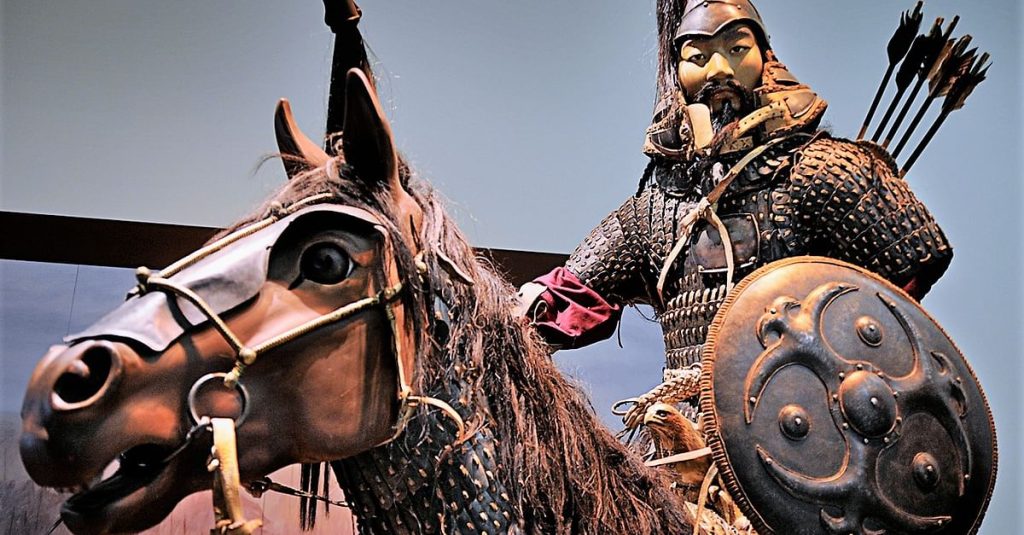
Genghis Khan began his conquest of China to increase his influence. China was first conquered in 1279, and until 1368, it remained under Mongol rule. In simple terms, Genghis wanted to expand his authority and gain command over more people.
The Influence of Mongols in China
Despite ruling for a long time, the Mongols kept their distance from the Chinese people and their culture. However, influences from that time can be seen today in several things and practices.
Mongolian Influence in the Art of War
Military generals and scholars have often argued that the act of war is an art. If true, China owes the Mongols a great deal. Especially, their modern military strategies are more or less inspired by their invaders: the Mongols.
The upcoming Ming dynasty, after the Mongols, is quite interesting to look at too. The Ming court created a powerful elite group of enrolled military officers using Mongol rules.
And, it took cues from the military structure of the Mongols. It was heavily influenced by the decimal system that was first created by the Mongols. The dynasty began with a chillarchy (qianhuso). Five chillarchs made up a guard (wei). Later, it turned to military colonies (tuntian), which were originally Chinese. But these colonies were widely used in the Yuan. Here soldiers would work as farmers to provide for themselves.
All these tactics were unheard of before the Mongolian conquest of China.
Mongolian Influence in Languages and Dialects
As mentioned before, the Mongols kept their distance from the Chinese and their culture. Today, the Mongols are one of China’s 56 officially recognized nationalities. However, when you ask a Chinese person anything in Mongolian, they fail to understand. This is probably the reason why Mandarin barely has any influence from Mongolian.
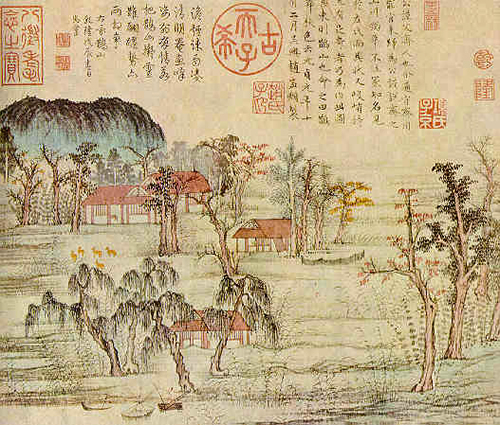
Despite this, Mongolian influences have snuck into the Chinese languages and dialects. For example, if you ask, Či ene oroi 忙 (máng) 不 (bù)? Then, you begin in Mongolian and finish the sentence in Chinese. Interestingly enough, the Chinese interrogative form 忙 (máng ‘busy’) 不 (bù ‘not’) perfectly fits into the Mongolian sentence structure.
In these examples, we can see that even in present-day languages and dialects, the Mongols left their mark. As such, the influence in languages is evident.
Mongolian Influence In Chinese Food and Cuisine
Chinese provinces in the north, including Beijing and Inner Mongolia, feature food with Mongolian influences.
The traditions of the ethnic Mongols are the primary source of Mongolian cuisine. Their nomadic cuisine is combined with elements from northern China and Russia. When the Mongols and the Chinese integrated, both their cuisine influenced each other. Chinese and Mongolian people have one thing in common: both are voracious meat eaters. Typical Mongolian dishes like roast meat, jerky, instant-boiled mutton, and roast leg of lamb are still eaten today in China.
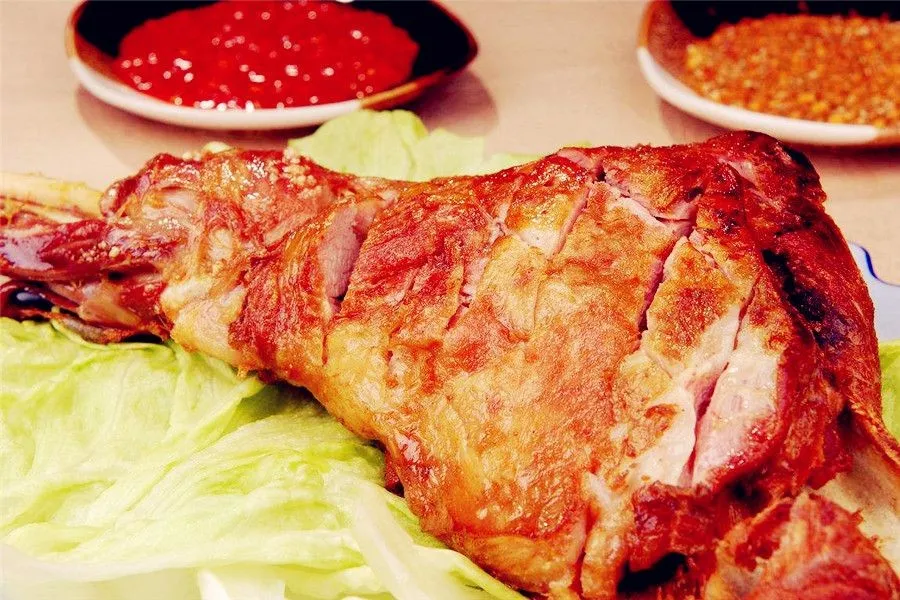
Mongols were originally nomads. They ingrained the habit of having a healthy diet of fresh food in the Chinese. Ethnic Mongolians’ eating patterns in rural regions resemble those of the Han (Chinese majority). Their main sources of nutrition are maize flour and millet, however, they also occasionally eat rice, wheat, coarse rice, and sorghum. More types of vegetables are showing up on the tables of the ethnic Mongolians. Why? Because of the gain in popularity of greenhouses.
Mongolian Influence in Chinese Culture
Mongolian influence still prevails in Chinese culture. The Mongols lived their lives dutifully. The reason for their success is that the didn’t Mongols chose leaders on royalty. They chose leaders who proved themselves to be capable of ruling. Genghis Khan was the first leader who appointed his generals on merit rather than nepotism. This feat was unheard of during the 12th century.
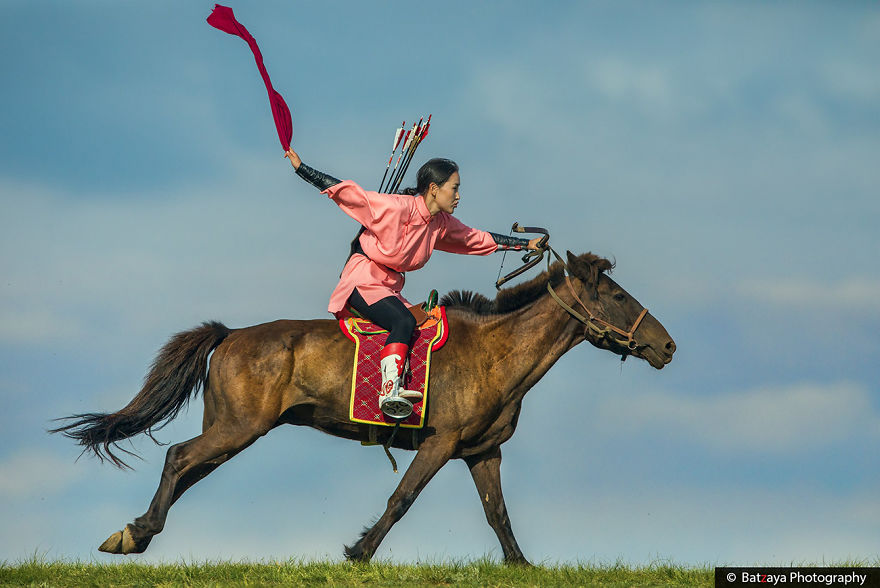
The Mongolian culture heavily influenced China. Kublai Khan promoted people having different religions. This was unheard of at the time; people of different beliefs used to outcasts. By doing this he promoted diversity and unity in his subjects. Kublai Khan scoured several areas for craftsmen and artisans. Moreover, he hired helpers as part of their civil service. As a result, a large number of residents from many ethnicities relocated to Yuan.
Conclusion
The history between the Mongols and the Chinese is vicious. It is full of bloodshed, slaughter, and struggle—a violent time. But now, we can look back and converse on the Mongolian influence in China. They’re not so hard to find, especially when you have this article to fall back on. The Mongolian influence in China is evident today. It is found in many aspects of Chinese culture.
Have you lived in China? Can you relate to the content in this post? Let me know your experiences in the comments below. I would love to read some of your stories. Have you seen any Mongolian influence? Especially if you have lived in China for many years. I would love to know your stories.
If you enjoyed this blog, please like this post and let me know below. It’ll encourage me to write more exciting content for you and work harder. Subscribe to our page if you want to read similar posts, like The Harsh Truth of Social Media In China.
Edited by: Syed Umar Bukhari.


